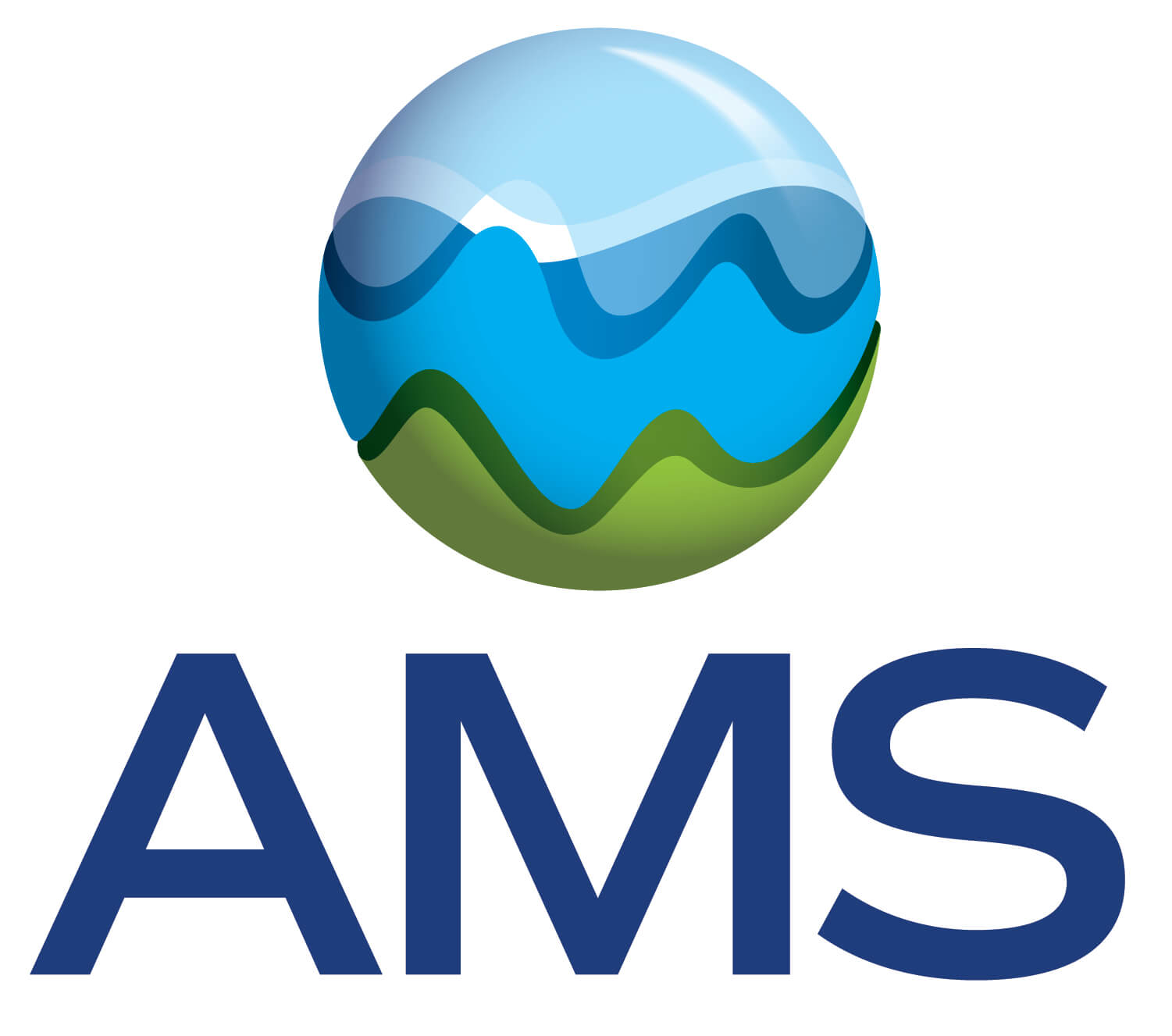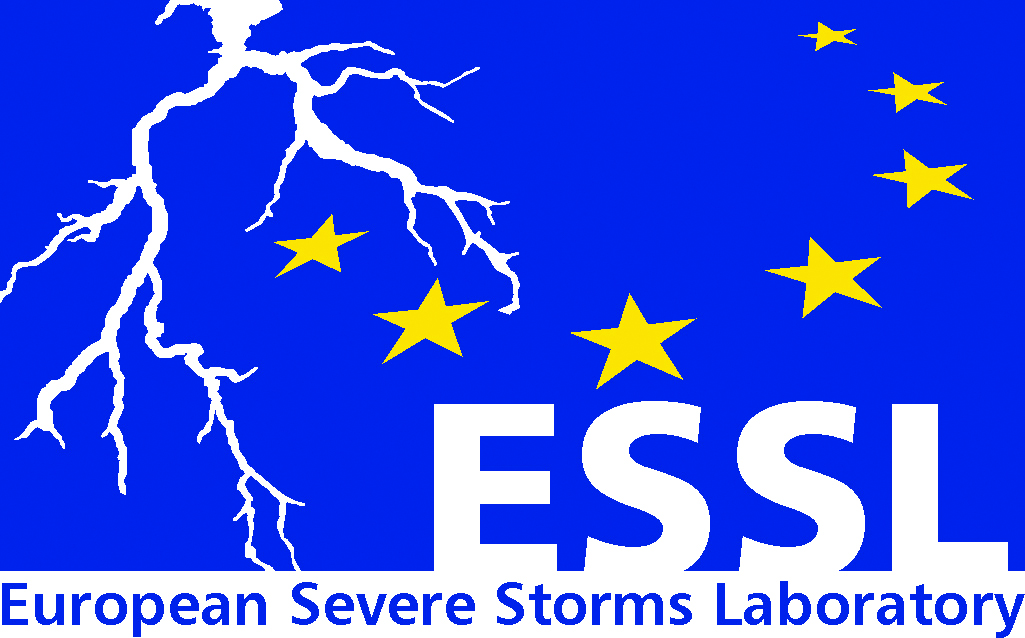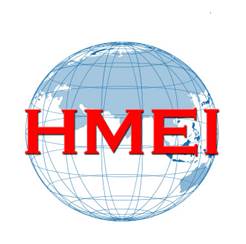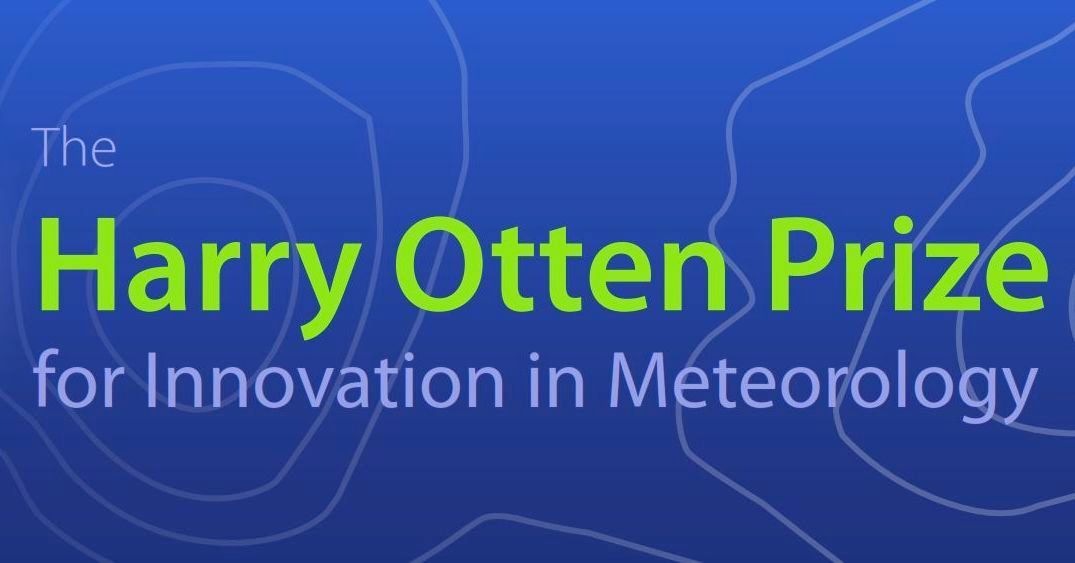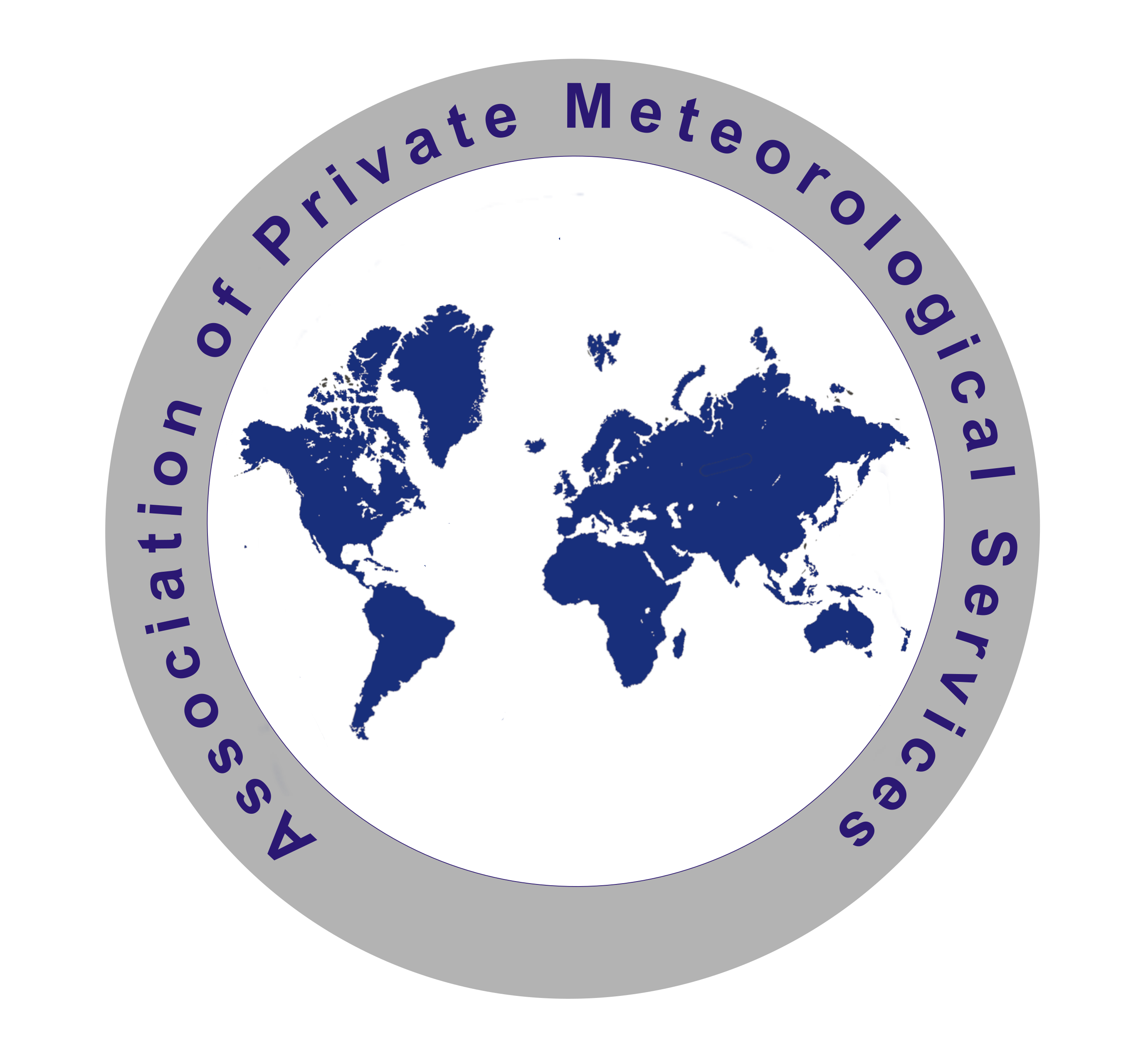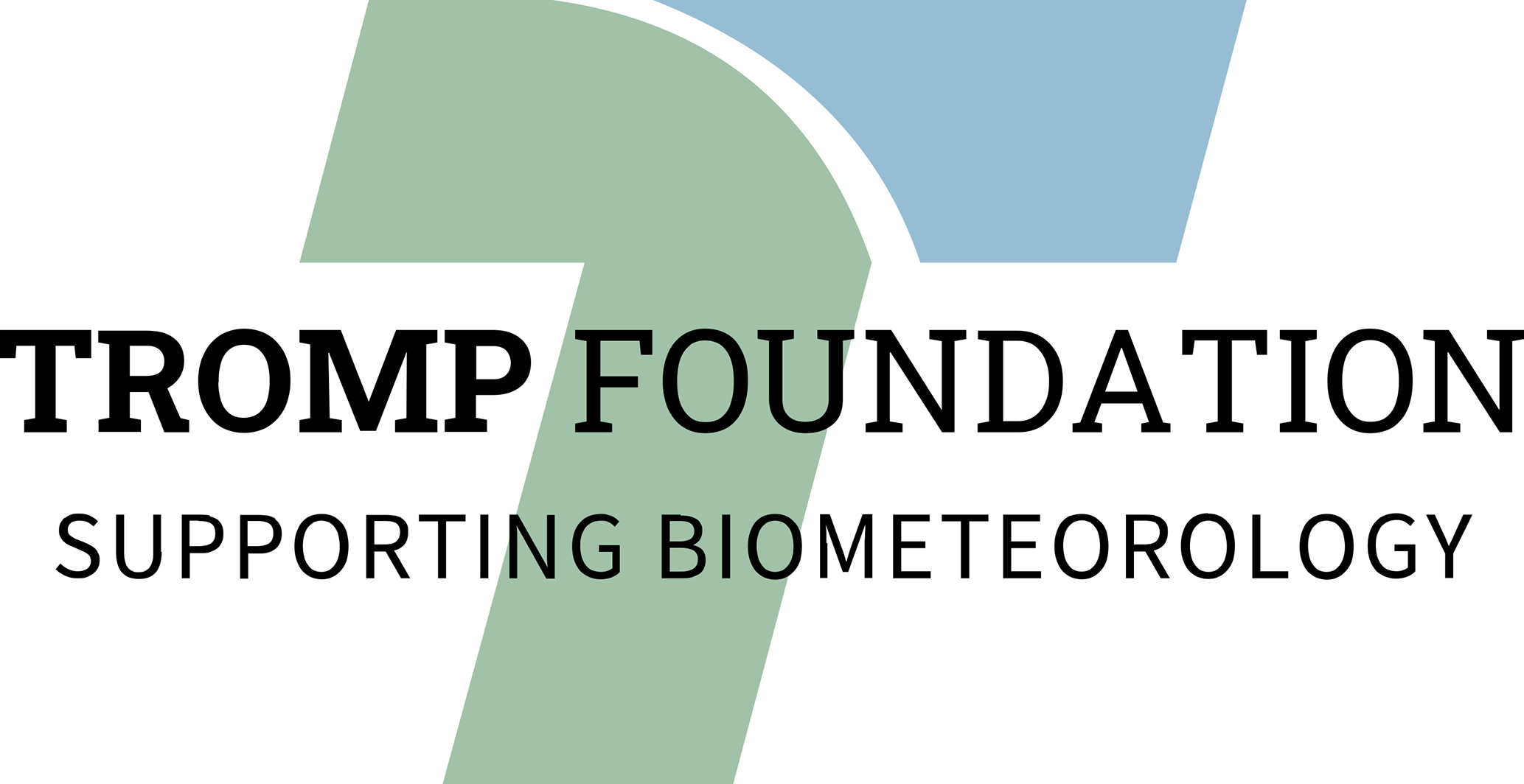Cities and urban areas in the earth-atmosphere system
Including EMS Young Scientist Conference Award lecture
Including Tromp Foundation Travel Award Lecture
Including Tromp Foundation Travel Award Lecture
Conveners:
Maria de Fatima Andrade,
Arianna Valmassoi,
Pavol Nejedlik
|
Co-conveners:
Ranjeet Sokhi,
K. Heinke Schlünzen,
Jan-Peter Schulz
This session welcomes modelling and observational studies that aim to investigate different aspects of urbanization (e.g. urban heat island, air quality, vulnerability to extreme events, urban/peri-urban agriculture) and its feedback on weather and climate systems, with a particular focus on application for sustainable adaptation plans. Novel methods that aim to assess urban representation and/or to bridge the different scales of the diversity of topologies are encouraged. The impact of cities on weather, air quality, climate and/or their extremes (e.g. drought, precipitation, air pollution episodes), as well as on climate change and on population and adaptation will also be discussed in this session.
Topics may include:
• New urban parameterizations, methods to derive urban parameters for numerical models.
• Implementation of climate mitigations, adaptation strategies (e.g. blue-green infrastructures) and self-government policies in cities and urban context.
• Impact of the different urban parameterizations on the atmospheric dynamics at different scales.
• Impact of the urbanization including estate and industrial on weather and/or climate extremes.
• Field measurements of urban climate, e.g. precipitation, CO2 concentrations and flux, boundary layer characteristics.
• Population vulnerability to urban climate and climate change.
• Extreme events' (e.g. drought, rainfall events, heat wave) impacts on urban areas.
• Urban emissions of climate forcers, air pollutants and anthropogenic heat.
• Urban air quality and meteorological interactions.
• Meteorology or air pollution modelling of all scales with focus on urban areas.
• Coupling and downscaling of global, regional and urban scale modelling approaches to quantify climate and atmospheric composition impacts and feedbacks.
• Integrated monitoring, modelling and forecast systems for urban hazards.
• Urban transition to cleaner fuels and their meteorological or AQ impacts.
• Crowd sourced data/novel data sources in cities
• Successes, challenges and limits of AI approaches for urban research
• Assimilation of 4D data and machine learning applied for air quality simulation
• Social science analyses of cities
Organised jointly with:
World Meteorological Organization (WMO) Global Atmospheric Watch Project GAW Urban Research in Meteorology and Environment (GURME)
WMO World Weather Research Programme (WWRP)
I. Assessment of direct urban influences
11:00–11:30
|
EMS2024-1136
|
solicited
|
Onsite presentation
11:30–11:45
|
EMS2024-337
|
Onsite presentation
11:45–12:00
|
EMS2024-418
|
Onsite presentation
12:00–12:15
|
EMS2024-468
|
Onsite presentation
12:15–12:30
|
EMS2024-644
|
Onsite presentation
12:30–12:45
|
EMS2024-739
|
Onsite presentation
12:45–13:00
|
EMS2024-898
|
Onsite presentation
Lunch break
Chairpersons: Maria de Fatima Andrade, K. Heinke Schlünzen, Pavol Nejedlik
14:00–14:15
|
EMS2024-804
|
solicited
|
Tromp Foundation Travel Award Lecture
|
Onsite presentation
14:15–14:30
|
EMS2024-1088
|
Onsite presentation
14:30–14:45
|
EMS2024-210
|
Onsite presentation
14:45–15:00
|
EMS2024-223
|
Onsite presentation
II. Climate change effects in the urban areas
15:00–15:15
|
EMS2024-18
|
EMS Young Scientist Conference Award lecture
|
Onsite presentation
15:15–15:30
|
EMS2024-355
|
Onsite presentation
Coffee break
Chairpersons: K. Heinke Schlünzen, Maria de Fatima Andrade, Ranjeet Sokhi
16:00–16:15
|
EMS2024-559
|
Onsite presentation
16:15–16:30
|
EMS2024-623
|
Onsite presentation
16:30–16:45
|
EMS2024-880
|
Onsite presentation
16:45–17:00
|
EMS2024-1084
|
Onsite presentation
17:00–17:15
Poster Pitches Session I,II,III
III. Air Quality in urban areas
09:00–09:30
|
EMS2024-923
|
solicited
|
Onsite presentation
09:30–09:45
|
EMS2024-764
|
Onsite presentation
09:45–10:00
|
EMS2024-232
|
Onsite presentation
10:00–10:15
|
EMS2024-928
|
Onsite presentation
10:15–10:30
|
EMS2024-935
|
Onsite presentation
Coffee break
Chairpersons: K. Heinke Schlünzen, Ranjeet Sokhi, Jan-Peter Schulz
11:00–11:15
|
EMS2024-973
|
Onsite presentation
11:15–11:30
|
EMS2024-999
|
Onsite presentation
11:30–11:45
|
EMS2024-93
|
Onsite presentation
IV. Adaptation/mitigation measures in the urban areas
12:00–12:15
|
EMS2024-606
|
Online presentation
12:15–12:30
|
EMS2024-765
|
Onsite presentation
12:30–12:45
|
EMS2024-1082
|
Onsite presentation
12:45–13:00
Poster Pitches Session IV,V
Lunch break
Chairpersons: Pavol Nejedlik, Arianna Valmassoi, K. Heinke Schlünzen
V. Development and assessment of methodologies for the urban areas
14:00–14:15
|
EMS2024-727
|
solicited
|
Tromp Foundation Travel Award Lecture
|
Onsite presentation
14:15–14:30
|
EMS2024-354
|
Onsite presentation
14:30–14:45
|
EMS2024-382
|
Onsite presentation
14:45–15:00
|
EMS2024-492
|
Onsite presentation
15:00–15:15
|
EMS2024-639
|
Onsite presentation
15:15–15:30
|
EMS2024-49
|
Onsite presentation
Coffee break
Chairpersons: Pavol Nejedlik, Arianna Valmassoi, Ranjeet Sokhi
16:00–16:15
|
EMS2024-551
|
Online presentation
16:15–16:30
|
EMS2024-927
|
Onsite presentation
16:30–16:45
|
EMS2024-374
|
Onsite presentation
16:45–17:00
|
EMS2024-182
|
Onsite presentation
17:00–17:15
|
EMS2024-106
|
Onsite presentation
I. Assessment of direct urban influences (posters)
II. Climate change effect in urban areas (posters)
III. Air quality in urban areas (posters)
IV. Adaptation/mitigation measures in the urban areas (posters)
V. Development and assessment of methodologies for the urban areas (posters)

